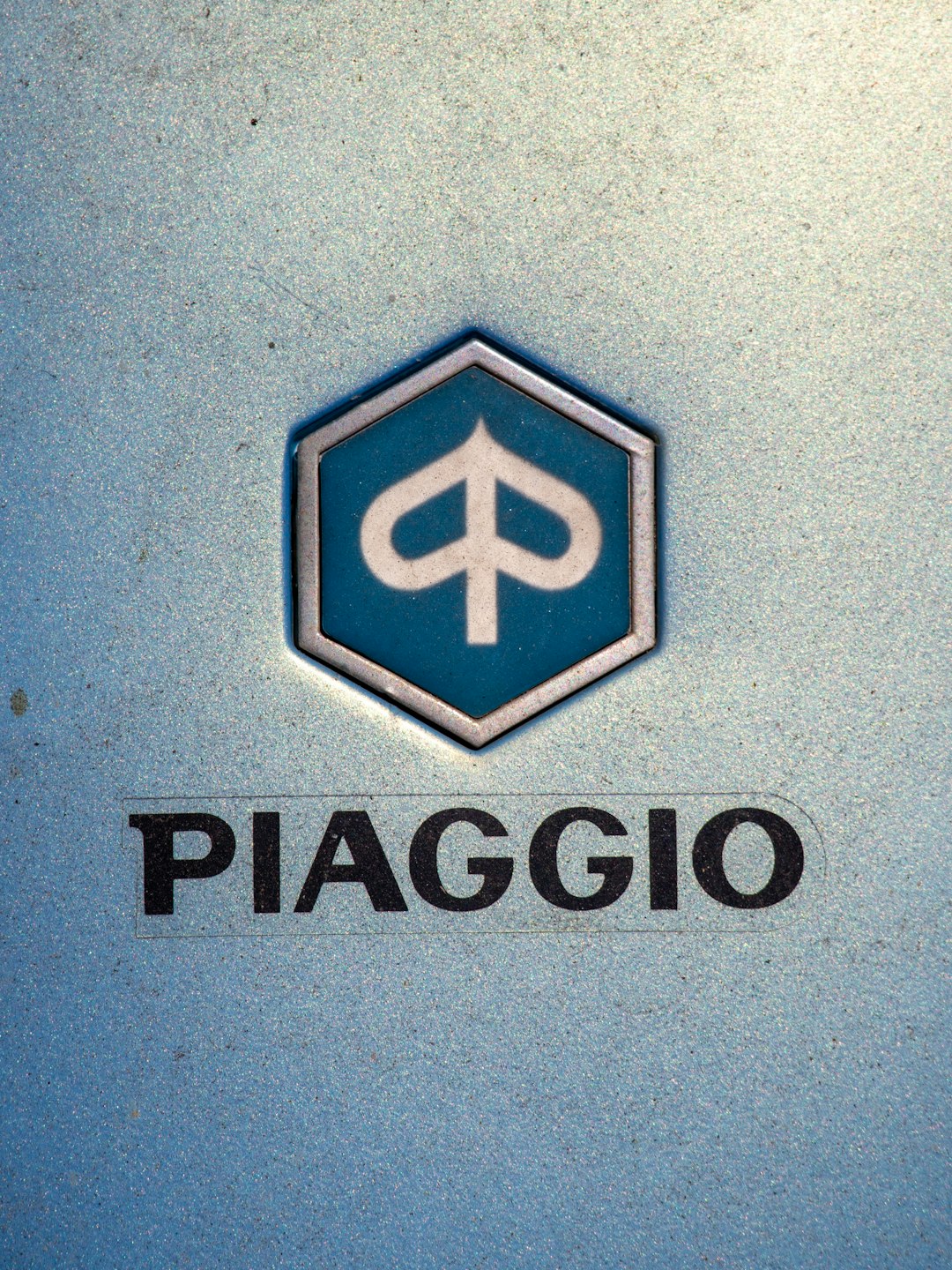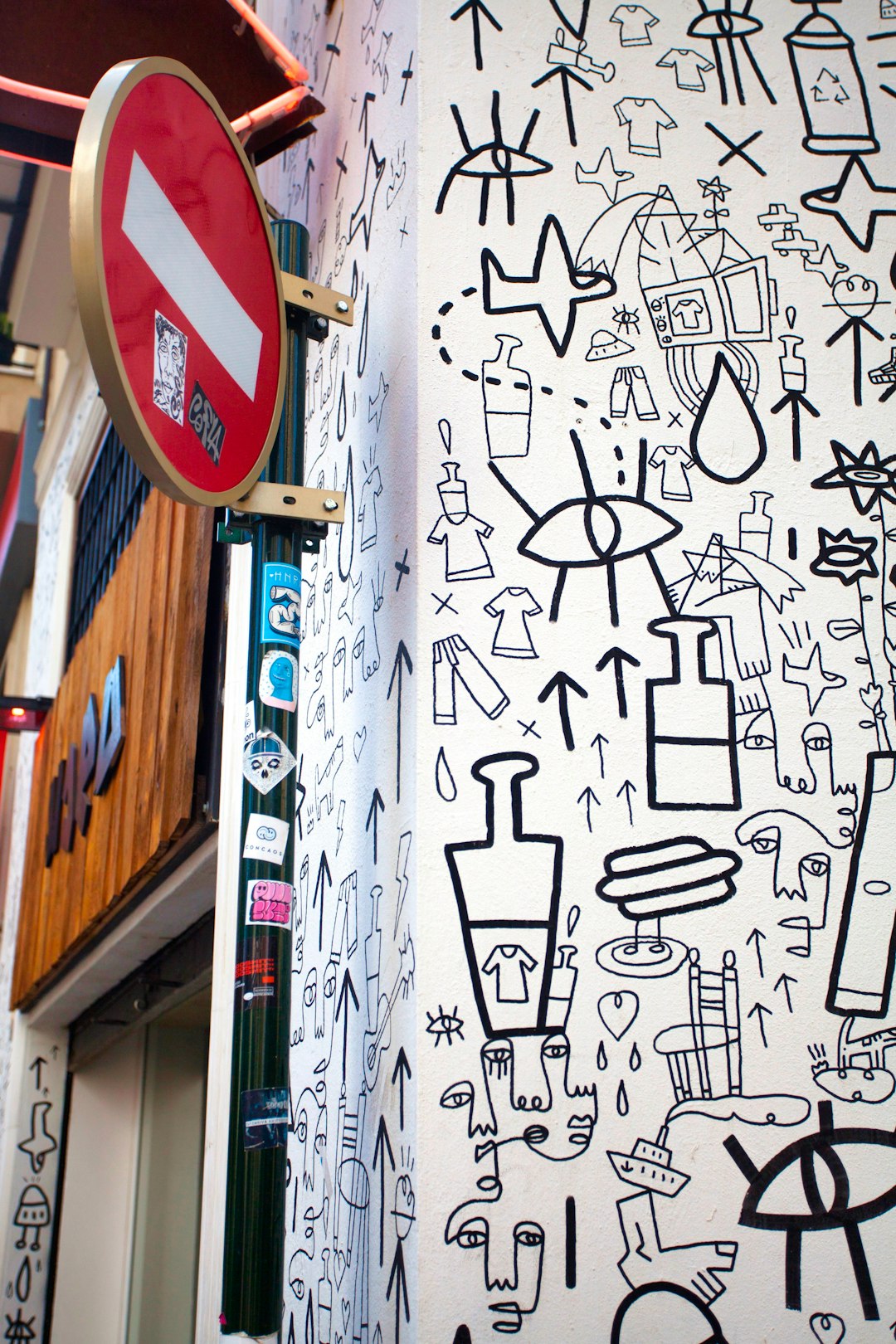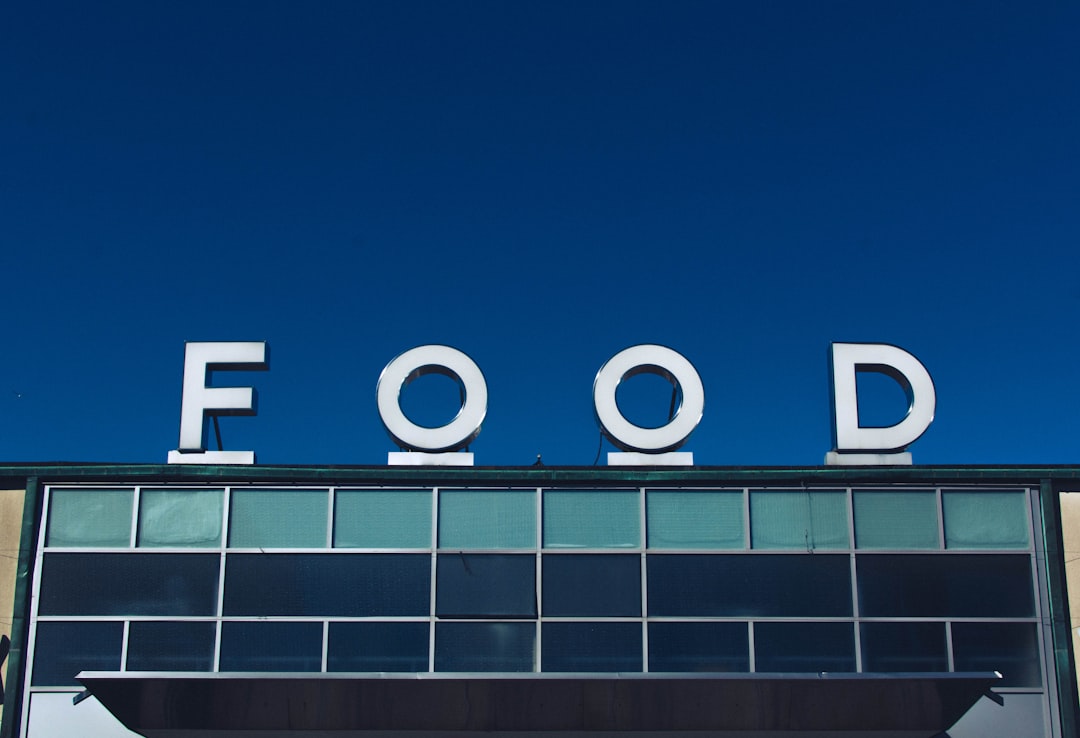Launching a food truck or pop-up kitchen is as much about branding as it is about culinary creativity. While the food may win hearts, a strong and recognizable logo builds identity and loyalty from the start. A memorable logo doesn’t just help you stand out in a crowded market—it conveys your story, reflects your food philosophy, and invites customers to connect with your brand. Whether you’re serving tacos out of a vintage Airstream or crafting fusion bites at a weekend farmers’ market, your logo is often the first impression customers will have.
TLDR: Choosing the right logo for your food truck or pop-up kitchen is crucial to creating brand recognition and attracting hungry patrons. An effective logo blends creativity with clarity, conveys your culinary identity, and fits seamlessly on various application surfaces. From minimal geometric styles to nostalgic retro designs, we explore twelve strong and versatile ideas below to inspire your food business branding. Whether you’re just launching or rebranding, these logo concepts provide a trustworthy starting point.
1. Minimalist Icons
Clean, simple, and easily recognizable, minimalist logos are ideal for modern food entrepreneurs. Think of a single sketched taco, a stylized burger, or a monochrome pizza slice. The beauty of this logo style lies in its adaptability across signage, social media, and product packaging.
Why it works: Minimalism conveys professionalism and elegance. In crowded urban spaces full of competing visuals, a clean design stands out without shouting.
2. Script Fonts with Food Illustrations
Pairing handwritten or cursive fonts with illustrative elements of your product can give your logo a human touch and an artisanal feel. For example, a soft-curve font spelling out “Nina’s Pies” beneath a hand-drawn rolling pin illustration makes the brand both charming and memorable.
Why it works: Customers often associate script fonts with homemade quality and personalized service—key qualities in mobile food concepts.
3. Retro Badge Logos
Vintage-inspired badge-style logos are a staple for food trucks attempting to evoke nostalgia. Think circular emblems with old-school typefaces and simple color palettes. Whether invoking 1950s diners or 1970s street carts, these logos can give your operation that timeless credibility.

Why it works: Nostalgia sells. People often associate retro design with authenticity, which can be a compelling first signal of food quality and tradition.
4. Geometric Designs
Perfectly symmetrical shapes and lines communicate efficiency and precision. Using geometrically arranged ingredients—like hexagonal pizzas or triangular layout of fries—can spark curiosity and leave a lasting visual impression.
Why it works: Clean geometry is pleasing to the eye and stands out when printed on truck panels and digital media alike.
5. Negative Space Logos
Negative space designs use the space around your main subject to create an additional visual element. A classic example might be a coffee cup shape formed by the space between two sandwich halves. Done right, it adds sophistication and encourages customers to take a second look.
Why it works: These logos communicate cleverness and attention to detail—ideal traits for food concepts based on creativity and innovation.
6. Hand-Drawn Aesthetic
Sketch-style logos tap into the world of artisan cooking and give your brand an approachable, grassroots feel. Picture a rough pencil drawing of a food cart, hand-lettered brand name included. This feels particularly authentic for farm-to-table or locally sourced food models.

Why it works: Hand-drawn designs imply personal effort and originality—key characteristics of independently owned food ventures.
7. Animal Mascots with Themes
Turn a simple food concept into a story-based brand by introducing a mascot. For example, a crowned hamster munching on pizza for a vegan comfort food truck—or a ramen-slurping chicken for an Asian-fusion stand. These logos are especially powerful when targeting families or vibrant neighborhoods.
Why it works: Mascots humanize your brand, increase memorability, and lend themselves easily to merchandising and social media storytelling.
8. Color Block Typography
Using bright block colors alongside bold typographic choices can make your logo pop—visually and emotionally. This is effective for food trucks offering festive or global menus such as Caribbean, Mexican, or South Asian cuisines. Aligning your palette with flavor expectations (think red for spicy, green for fresh) can subtly guide customer expectations.
Why it works: Strong use of color triggers emotional association with flavors and energy levels—critical for street food environments that rely on impulse purchases.
9. Container-Inspired Logos
Designing a logo that mimics the shape of your actual food container—like a Chinese takeout box or an eco-friendly bento tray—creates cohesion between branding and product. A falafel cart could use a pita-pocket shaped frame, while a smoothie truck could integrate cup silhouettes into its lettering.
Why it works: Clear and product-aligned—customers immediately visualize the experience awaiting them.
10. Lettermark Logos
If your business name is long or hard to pronounce, opt for a stylish lettermark logo—using initials to build brand identity. For example, “The Rolling Biscuit Collective” could use an “RBC” mark with distinct flourishes to make the brand both sharable and scalable.
Why it works: Efficient, adaptable, and ideal for branding across limited surfaces like packaging or social icons.
11. Local Landmark Integration
Incorporate local visuals like city skylines, bridges, or recognizable street signs into your logo to connect with your customer base and hint at regional flavor sourcing. A neon-style outline of the Brooklyn Bridge above a bagel cart logo, for example, can add depth and place-based nostalgia.

Why it works: Builds community ties and tells a story rooted in the local experience—a powerful tool for both marketing and customer loyalty.
12. Interactive and Modular Logos
Modular logos are collections of visual elements that can shift depending on where they appear. Your truck may have one full version, while your napkins or sauces display just the icon or initials. This flexibility allows experimentation without losing brand identity. Interactive logos—using augmented reality scans or animated GIF overlays—can take this further, bringing logos to life on social platforms.
Why it works: Modern, scalable, and platform-friendly—especially useful for food trucks relying on Instagram, TikTok, local apps, and interactive menus.
Choosing the Right Logo for Your Business
While choosing a design from these categories, be sure to consider the following:
- Flexibility: Will it look good on both a 10-foot truck and a 150px Instagram profile?
- Personality Match: Does the logo suit your cuisine style, speed of service, and target audience?
- Future-Proofing: As your concept expands, will the logo still represent you?
Enlisting the help of a professional designer or using logo builder tools with high customization options can help bring your vision to life while keeping it unique and copyright-safe.
Final Thoughts
A great logo is more than a pretty picture—it’s your business’s ambassador, handshake, and storefront, all rolled into one. Food trucks and pop-up kitchens often operate in fast-paced, visually noisy environments, so investing in the right logo design can give you the competitive edge you need. By aligning your logo with your product, identity, and story, you’ll not only attract curious customers—you’ll keep them coming back for more.
